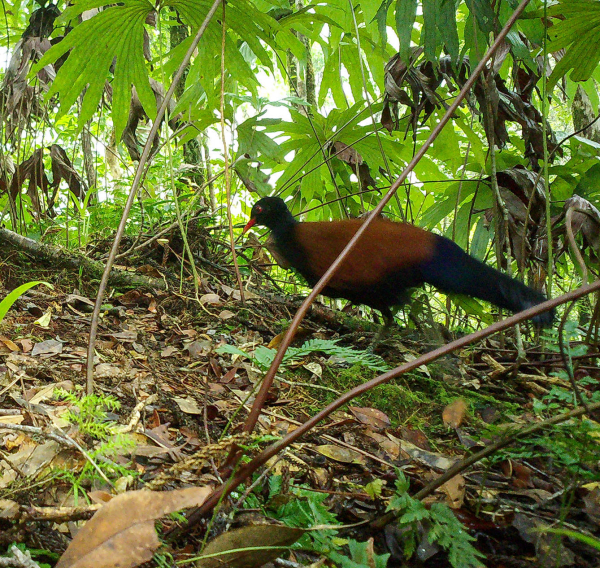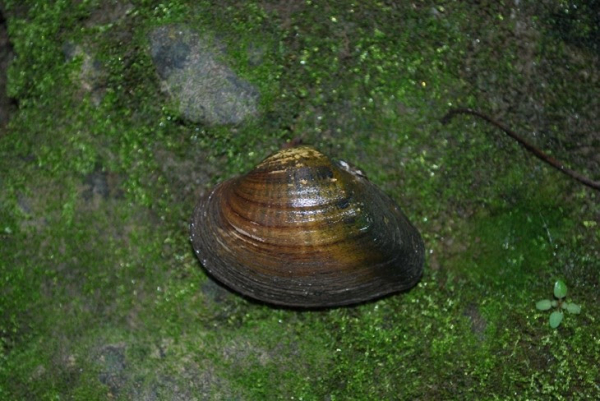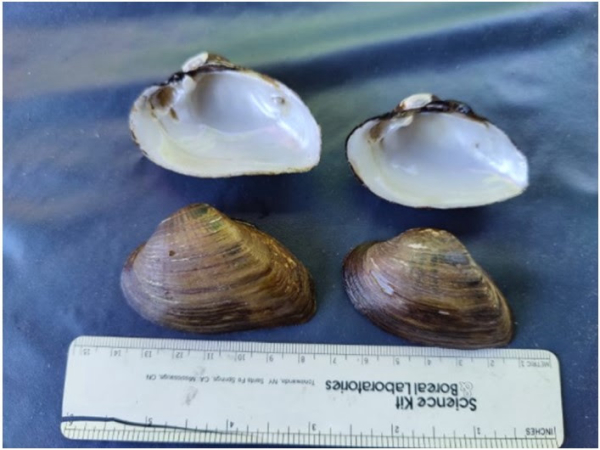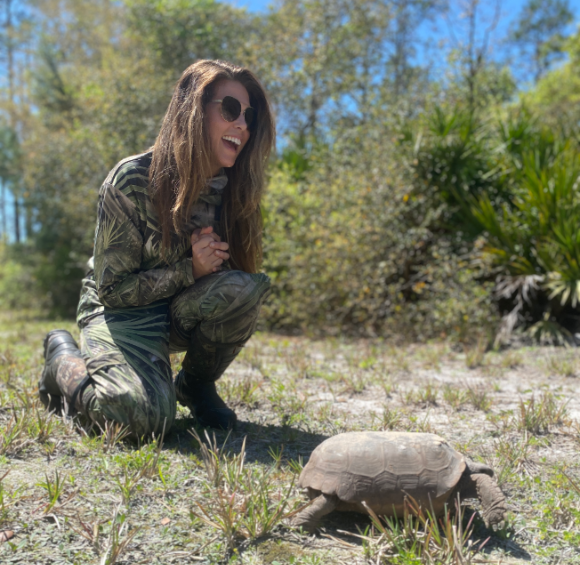ExxonMobil awards Ducks Unlimited $500,000 for Louisiana Wetland Restoratio


Funds will restore and support wetlands in Vermilion Parish
Photo Caption: ExxonMobil representatives presented Ducks Unlimited funding for coastal restoration at the recent DU Pecan Island event.
L-R Brandon Maxwell, ExxonMobil; Jay Owen, Ducks Unlimited; PR Burke, Vermilion Corporation; Joe Coletti, ExxonMobil; Bob Dew, Ducks Unlimited; Paloma Pareja-Fernandez, ExxonMobil
Mike Smith, ExxonMobil
LAFAYETTE, La. – Nov. 28, 2022 – ExxonMobil recently committed $500,000 to Ducks Unlimited (DU) to help support the Bayou Chene restoration project in Vermilion Parish.
“We are pleased to see this partnership renewed and elevated,” said DU Director of Development Bob Dew. “ExxonMobil and Ducks Unlimited share a significant interest in ensuring the coastal wetlands that make Louisiana an incredible place to live, work, and visit are here for generations to come. For example, ExxonMobil has supported conservation efforts at Sherburne and Pointe-aux-Chenes Wildlife Management Areas, which are owned and managed by the Louisiana Department of Wildlife and Fisheries.”
ExxonMobil and DU first partnered in 1993 on the Leck Mayes Reservoir project in Wyoming. Since then, ExxonMobil has focused the majority of its support on wetlands conservation efforts in Louisiana, and its overall investment in conservation through Ducks Unlimited reached $1.5 million.
“ExxonMobil is committed to protecting biodiversity where our people work, live and enjoy the unique Louisiana culture that revolves around this sportsman’s paradise,” said Joe Colletti, Louisiana asset manager, ExxonMobil Low Carbon Solutions. “The important wetland restoration and protection work that DU does through its Gulf Coast Initiative provides vital habitats for waterfowl, wildlife and fisheries, along with storm protection for coastal communities.” Read more







